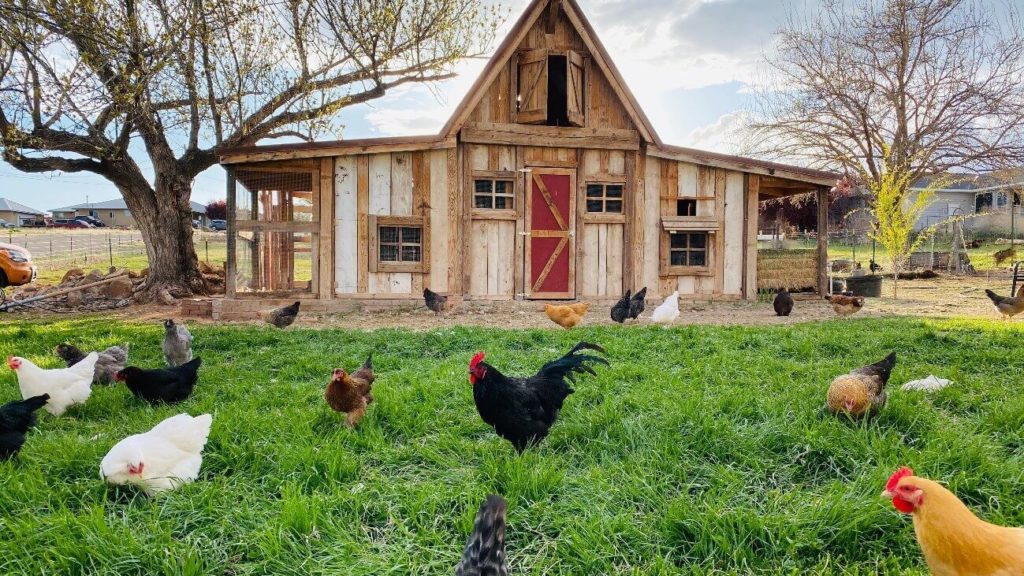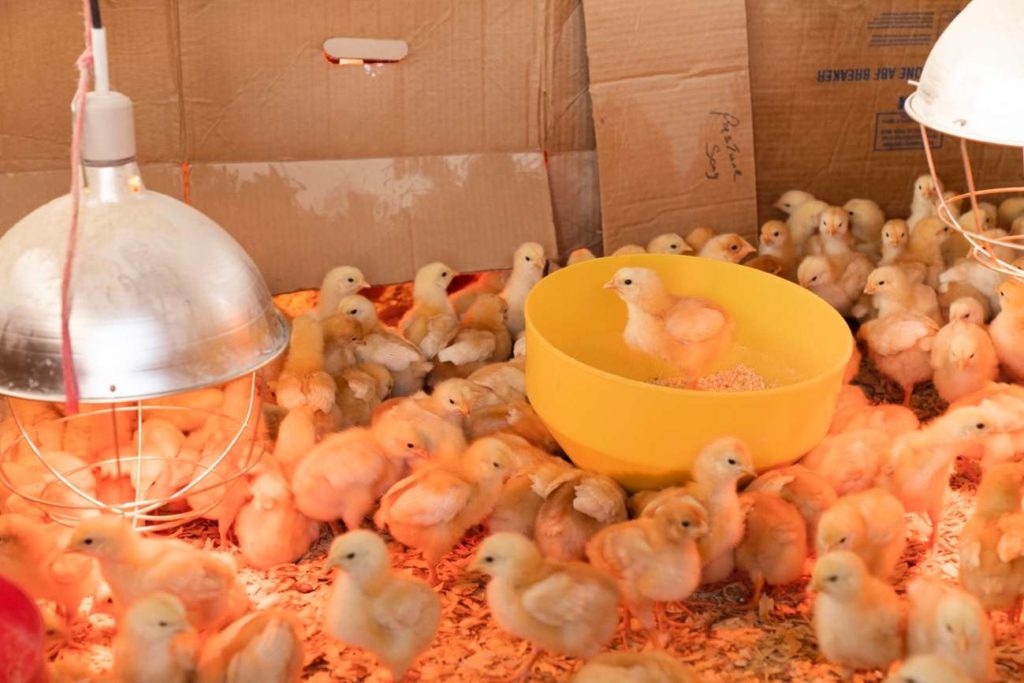
- Background -
Temperature is one of the crucial factors influencing the health and productivity of chicken flocks. Both high and low temperatures can have adverse effects on chicken growth, feed consumption, and egg production. Maintaining an appropriate temperature range is essential for enhancing chicken productivity and rearing efficiency.
The temperature in the rearing environment should meet the temperature requirements of the chickens, especially during the chick stage. Proper temperature control aids in improving growth rate, feed conversion ratio, and immune function of chickens, while reducing the risk of disease occurrence.
Here's what ideal brooder temperature for baby chicks look like:
WEEK | TEMPERATURE (°F) | TEMPERATURE (°C) |
1 | 95 | 35 |
2 | 90 | 33 |
3 | 85 | 30 |
4 | 80 | 27 |
5 | 75 | 24 |
6+ | 70 | 21 |
- Challenge -
Observing chicken behavior can provide clues about whether the temperature is suitable. For instance, when chickens feel cold, they may huddle together for warmth, while in high temperatures, they may seek out shaded areas. Understanding chicken behavior patterns helps determine if the current temperature is appropriate.
However, despite such observations, caretakers cannot be present at all times or may miss unusual situations. Hence, there is a need for an “eye” to monitor the temperature of the chicken’s rearing environment on their behalf. That’s why a temperature monitoring system is crucial in this situation.
- Solution -
It utilizes sensors to continuously monitor the temperature inside the chicken coop and sends instant alerts when the temperature deviates from the normal range, enabling prompt action to restore the temperature to the optimal level and ensure the flock’s well-being. Such a system not only assists caretakers but also plays a vital role in maintaining the health of the chicken population. Additionally, it provides the historical data for analysis and optimization of rearing conditions, ultimately improving overall productivity and profitability.
MOCREO environmental monitoring system can realize the 24/7 monitoring, remote alert and data export, providing you with enhanced insights, efficient management, and informed decision-making.

- Benefits -
Timely detection of temperature anomalies:
A temperature monitoring system enables real-time monitoring of the temperature inside the chicken coop and provides accurate data. With this information, caretakers can promptly detect temperature anomalies such as excessive heat or cold, allowing them to take immediate measures for adjustment and intervention. This helps prevent adverse effects on chicken health and productivity caused by abnormal temperature fluctuations.
Improvement in chicken productivity:
Temperature is a vital factor affecting chicken growth and productivity. Through a temperature monitoring system, caretakers can precisely control the temperature, maintaining it within the appropriate range. Providing a suitable temperature environment helps promote normal chicken growth, improves feed conversion ratio, and increases egg production, thereby enhancing productivity and rearing efficiency.
Prevention of disease outbreaks:
Temperature abnormalities are one of the causes of health issues and disease outbreaks in chicken flocks.Excessively high or low temperatures impose stress on the chicken’s immune system, reducing its resistance and increasing the risk of pathogen infections.
With a temperature monitoring system, caretakers can maintain the appropriate temperature range, provide a favorable rearing environment, and reduce the probability of disease occurrences, ensuring the overall health of the chicken population.

Reduction in energy consumption and costs:
It assists caretakers in effectively controlling the temperature inside the chicken coop. By adjusting heating equipment and ventilation systems, wastage of energy and unnecessary expenses can be avoided. Optimizing energy use not only lowers costs but also contributes to reducing environmental burdens and achieving energy savings and emission reductions.
Provision of data and analysis support:
A temperature monitoring system collects a substantial amount of temperature data and offers analysis and reporting capabilities. These data help caretakers better understand temperature variations, trends. Based on this information, caretakers can make more accurate decisions, optimize rearing management strategies, and improve chicken health and productivity.
- Future -
If you’re involved in chick breeding, it’s crucial to maintain a stable environment for optimal growth. Have you considered deploying a temperature monitoring system? Trust us, deploying this reliable product can offer obvious benefits. Click here to experience the advantages firsthand and ensure the healthy growth of your chicks!
